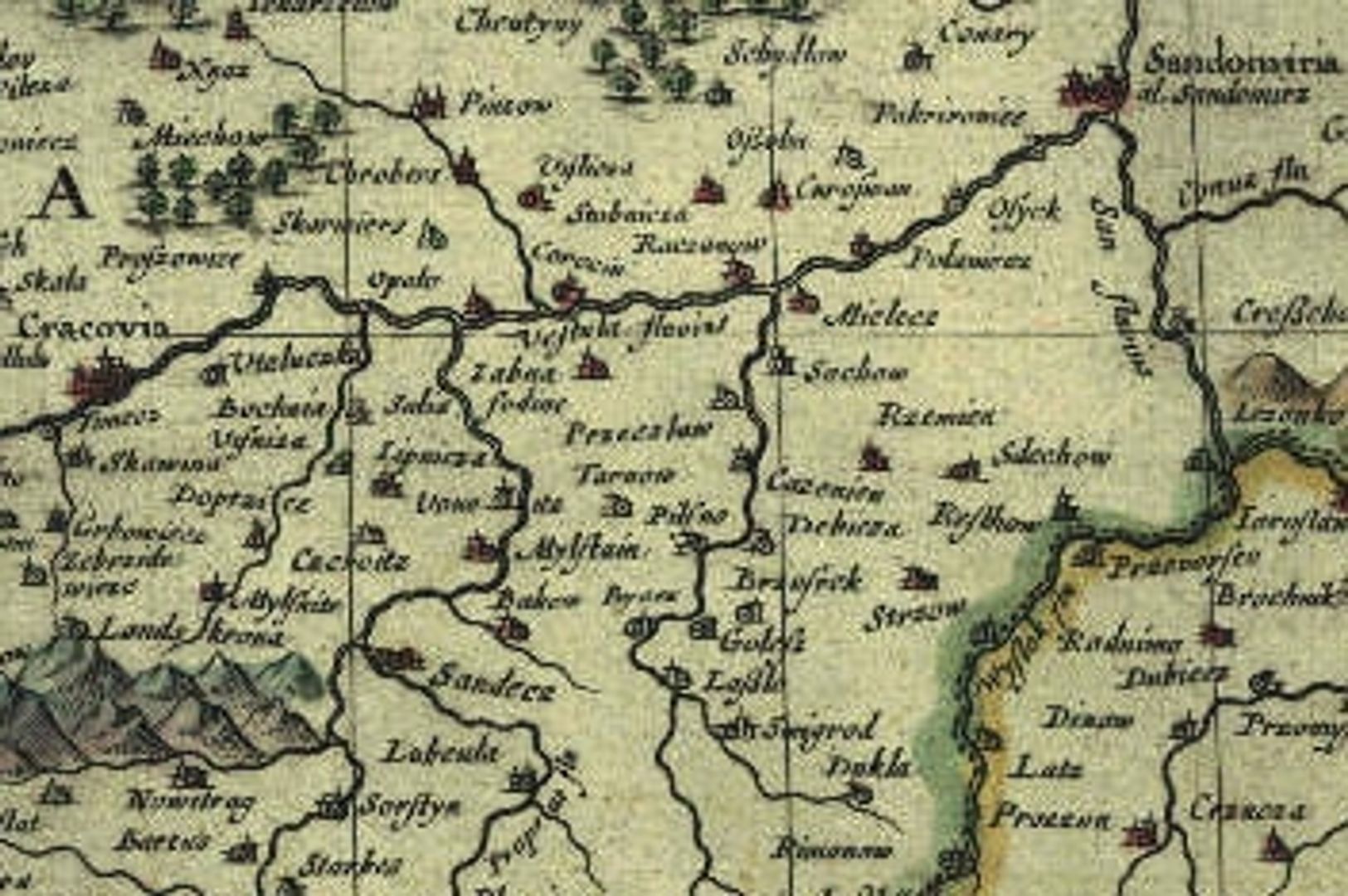Tuszyma
6.6

Overview
Tuszyma is a village in the Podkarpackie Voivodeship, located in Mielec County, with a characteristic railway stop on line no. 25. Its history dates back to at least the 14th century, with the first mentions of the nearby village of Kościelów, and later of Tuszyma itself. The village was part of the Przecław parish, eventually splitting between the Rzochów and Przecław parishes. In the 14th century, the village began to be established under German law, which led to increased settlement and the emergence of village leaders (sołtys). In the 16th and 17th centuries, the village complex developed but also suffered from natural disasters, epidemics, and wars, such as the Swedish Deluge. After the First Partition of Poland in 1772, Tuszyma became part of the Austrian Partition, which changed the living conditions of the local population, who struggled with hunger and poverty. In the 19th century, migrations took place as people sought better living conditions, mainly to America. During the preparations for the construction of the railway line between Rzeszów and Tarnobrzeg, it was decided to establish the Tuszyma stop, which was crucial for the region's transportation development. The brick school built in 1913 contributed to local education, and before 1921, Tuszyma had 1,293 inhabitants, many of whom were engaged in agriculture and crafts. During World War II, the Germans displaced the village, and after the war, the residents returned to their destroyed homes. Today, the main roads to Tuszyma are provincial roads no. 985 and 986, and the village, although still small, has much to offer in terms of history and culture. An interesting fact is that Tuszyma was associated with various villages that were an integral part of its history in the past.
Location
2025 Wizytor | All Rights Reserved